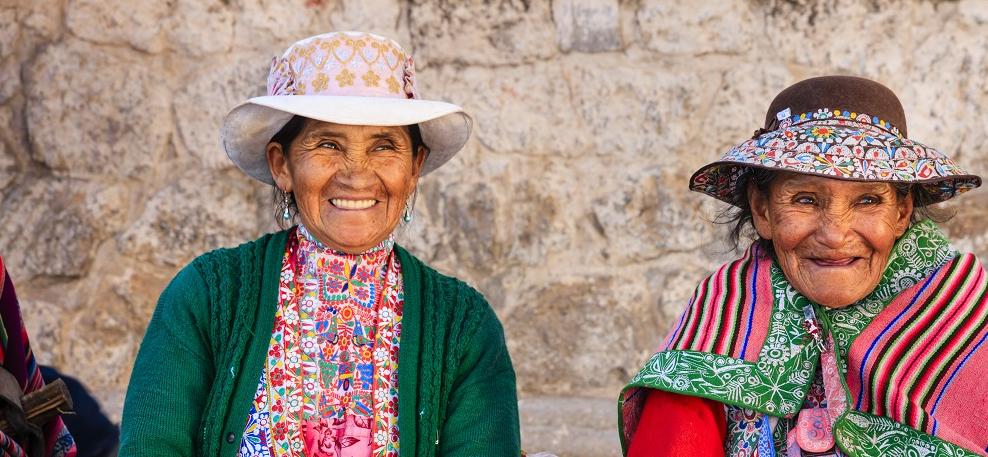Overview
The Lancet Commission predicted that approximately 40% of dementia cases globally could be prevented through public health approaches addressing 12 potentially modifiable risk factors. However, the findings were primarily based on studies from high-income countries. Some of these modifiable factors include social determinants of health (SDOH), which are non-medical conditions influencing health outcomes such as low education, physical activity, and air pollution. Peru is a low-middle-income country characterized by inequities and disparities, most noticeably in marginalized populations such as rural and indigenous communities living in highland and jungle regions.
Project Details
We propose a cross-sectional mixed methods study to assess SDOH in participants with Alzheimer's disease (AD) and unrelated cognitively unimpaired individuals enrolled in the PeADI study from different regions across Peru. Quantitative: We will assess the SDOBH-Q questionnaire for 112 CU and 112 AD participants, with a statistical power of 0.80 and a two-sided significance level of 0.05. We will report demographic and clinical characteristics using descriptive statistics and the association between SDOH and AD development by performing multivariable regressions. Qualitative: We will perform in-depth interviews based on a grounded theory approach to explore the perceptions of family, caregivers, and key stakeholders about the role of SDOH in dementia. We anticipate recruiting 30-50 participants but will stop the interview process if we have reached thematic saturation. We will integrate quantitative and qualitative approaches to maximize the strengths of each method and minimize the weaknesses through data integration. Impact: We expect to obtain representative data about SDOH in AD from the Peruvian population, including under-represented groups located in rural regions, and increase our knowledge about the perceptions of SDOH in dementia from key stakeholders. It is essential to research SDOH and dementia in low-middle-income countries such as Peru to increase our knowledge about modifiable risk factors and the representation of marginalized populations in dementia research. This work seeks to take initial steps to identify key SDOH on dementia in urban and rural regions of Peru





